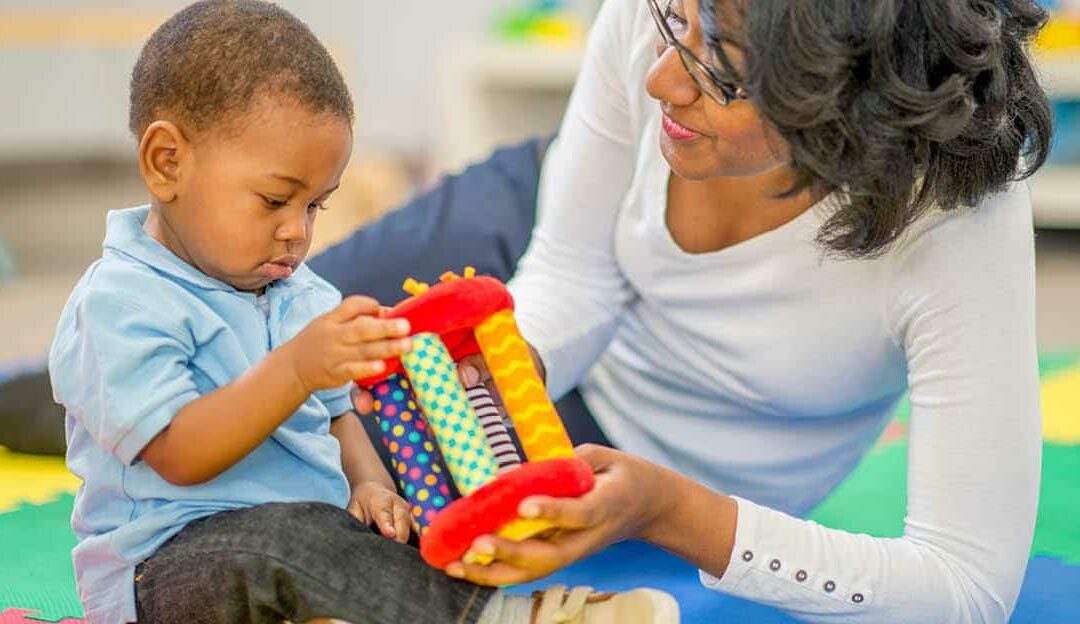Activities for Infants and Toddlers
When it comes to infants and toddlers, every day is a new adventure. As parents, caregivers, or educators, it’s essential to provide activities that stimulate their development and learning. Let’s explore some age-appropriate play and learning activities and delve into the importance of sensory play and exploration for our littlest learners.
Age-Appropriate Play and Learning Activities
Infants (0-12 months)
In the first year, babies are discovering everything around them. Their play is about exploring the senses—touch, sight, sound, taste, and smell. Here are some activities that are perfect for infants:
– Tummy Time: Essential for developing head, neck, and shoulder muscles. Begin with a few minutes and gradually increase the time as your baby gets stronger.
– Sensory Bottles: Fill transparent bottles with water, glitter, beads, or colorful oil. These homemade toys are great for visual tracking and sensory exploration.
– Simple Games: Peek-a-boo and pat-a-cake are excellent for social bonding and understanding object permanence.
Toddlers (1-3 years)
Toddlers are natural explorers with boundless energy. Here are some activities that will help develop their motor skills, language, and basic concepts:
– Building Blocks: Stacking blocks or cups improves motor skills and teaches concepts of size, shape, and gravity.
– Interactive Storytime: Reading books with colorful pictures and asking questions about the story enhances language skills and imagination.
– Simple Puzzles: Solving puzzles with large pieces helps develop problem-solving skills and hand-eye coordination.
Importance of Sensory Play and Exploration
Sensory play is a critical component of early childhood development. It involves engaging a child’s senses of touch, smell, taste, sight, and hearing, which helps in building neural connections in the brain. Here are some exploratory sensory activities that are perfect for children:
– Textured Play Mats: Mats with different textures are great for tactile exploration. Babies can feel and learn the differences between smooth, rough, squishy, or bumpy surfaces.
– Finger Painting: Using non-toxic, edible paints, this activity is perfect for toddlers to explore their creativity while engaging their sense of touch and sight.
– Sound Tubes or Boxes: Filling containers with different items like rice, beans, or bells, helps children differentiate sounds and improves auditory processing.
Benefits of Sensory Play
Sensory play supports language development, cognitive growth, fine and gross motor skills, problem-solving skills, and social interaction. Here are some of the benefits of sensory play:
– Enhances Learning: Sensory play promotes language development, cognitive growth, fine and gross motor skills, problem-solving skills, and social interaction.
– Adaptable for Different Ages and Stages: Sensory activities can be easily modified to suit a child’s developmental stage, ensuring they are always engaged and learning.
– Promotes Mindfulness and Calming: For children with special needs, sensory play can be therapeutic. It can help them regulate their sensory experiences and emotions.
Conclusion
Engaging infants and toddlers in age-appropriate play and learning activities is crucial for their overall development. By carefully selecting activities that are fun, educational, and sensory-rich, we can provide our young ones with a strong foundation for lifelong learning and discovery. Remember to explore with them, enjoy their wonder, and cherish the moments of growth and development.
